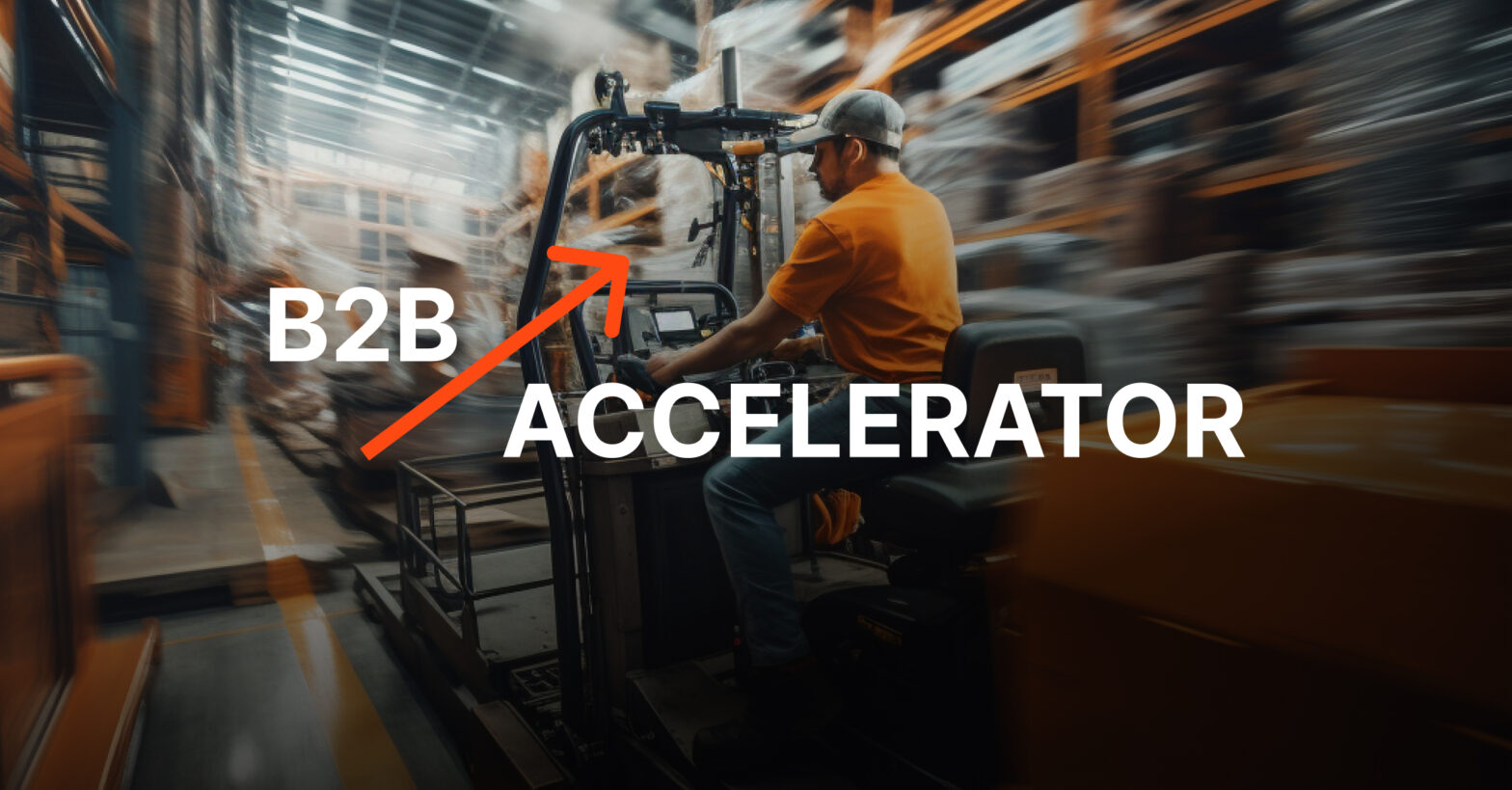These days it’s not uncommon for technology managers in corporations to be charged with e-commerce and digital transformation projects at the same time. This means that projects will compete for resources and budgets, and stakeholders can be confused about priorities and when they will have their needs addressed.
As a part of helping companies with the e-commerce side, we are often witness to the debates and discussions that come with these competing initiatives. We find that there are typically 4 key elements to consider in determining how resources in the modern digital organization can stay focused and deliver on both types of initiatives simultaneously.
1. Agree to an API-focused or “Open” Architecture Across Initiatives
Especially if the stack of digital transformation and e-commerce products is different, technology management needs to avoid dead ends. Software products, SaaS services and e-commerce platforms can’t be so proprietary that they can’t be connected. Everything needs an API or readily available ways to connect to Enterprise Application Integration (EAI) tools. This may be a moot point if you’re committing to a full stack of products managed by one software brand (e.g. Adobe, Oracle, IBM etc), but in the dynamic, ever-changing world of today’s global companies acquiring and changing constantly we only see this situation rarely.
We have built EAI tools for Magento and the major SaaS e-commerce platforms (BigCommerce and Shopify), so that integration with other business systems – whether new or dated – is relatively straightforward.
This open approach will allow digital transformation and e-commerce projects to happen in any order and will support an “agile” approach where pieces of each can be developed and deployed in an effort to provide value to users as quickly as possible.
2. ERP as Centerpiece of Digital Transformation: Compatibility with E-Commerce
We often see ERP as the focus of the digital transformation in the enterprise, and we endorse this approach because we endorse the “system of truth” philosophy that having one can provide. As a part of your ERP selection, give a nod to the e-commerce platforms you are considering to make sure you have made the right choice.
At Accorin, we’ve worked with 20+ ERPs; integrating them with Adobe Commerce (Magento), Shopify, BigCommerce, and Salesforce CC. Some of the most popular ERPs we encounter in mid-market and enterprise include Netsuite, Epicor, SAP, and Sage. We’ve built EAI tools, including The Integrator, that allow merchants to see order flows from the ERP into e-commerce regardless of the source.
Consider an ERP that has API access, and that has been integrated previously with the more popular e-commerce platforms.
3. E-Commerce Platform – When?
Once the modern enterprise has committed to digital transformation, a number of projects and commitments to digital systems usually results, well beyond an ERP selection. These types of projects can include Product Information Management (PIM), Project Management Software, Digital Asset Management (DAM) , Human Resource Management, Customer Relationship Management (CRM), Marketing Automation, Data Warehousing, and much more.
So, is it still important to consider the order, priority of e-commerce? It’s now an interconnected world of apps. So long as the systems are open and the compatibility has been established, the answer is no. However, even with open systems and APIs, the timing of an e-commerce re-platform should be considered so that integration with an ERP or other major systems only needs to happen once.
4. Consider the Most Intrusive Aspects of a Big E-Commerce Project
A major e-commerce migration or replatforming can be very intrusive to an existing e-commerce or omni-channel business. We’ve found that the most disruptive parts can be Customer Data Migration and Order Data Migration. It’s important to consider that you want to engage in these migrations as few times as possible, so if there are opportunities to develop a data migration process for more than one system at the same time, there will be some economies of scale in effect. For example, if an ERP and e-commerce project are happening along similar timelines, there should be a way to use a tool (like Accorin’s One View for Magento 2) to assist. Most importantly, however that data migration happens, is to keep in mind that even experienced integrators can require time to migrate and test data, beginning with a test data set and then moving on to include the actual data. Many organizations do however decide to forego data migration and start fresh – for example merchants often forego historical order data or parts of historical data (say beyond 2 years) in order to save time and effort.
The Bottom Line
Getting a major e-commerce project done at the same time as digital transformation projects can be tricky. Although the order may not be as critical in a world of open APIs, having a well thought out plan almost certainly gain you efficiencies – saving time, effort and ultimately money.
It’s also critical to make sure that you have the right tool set for key aspects of a project like data migration; it will make your life a lot easier.
If you need help planning a major e-commerce project and you would like insights into the best architecture for your company don’t hesitate to contact us.


